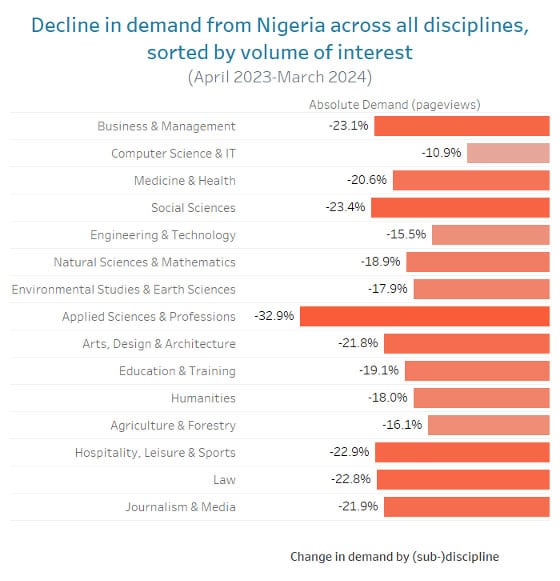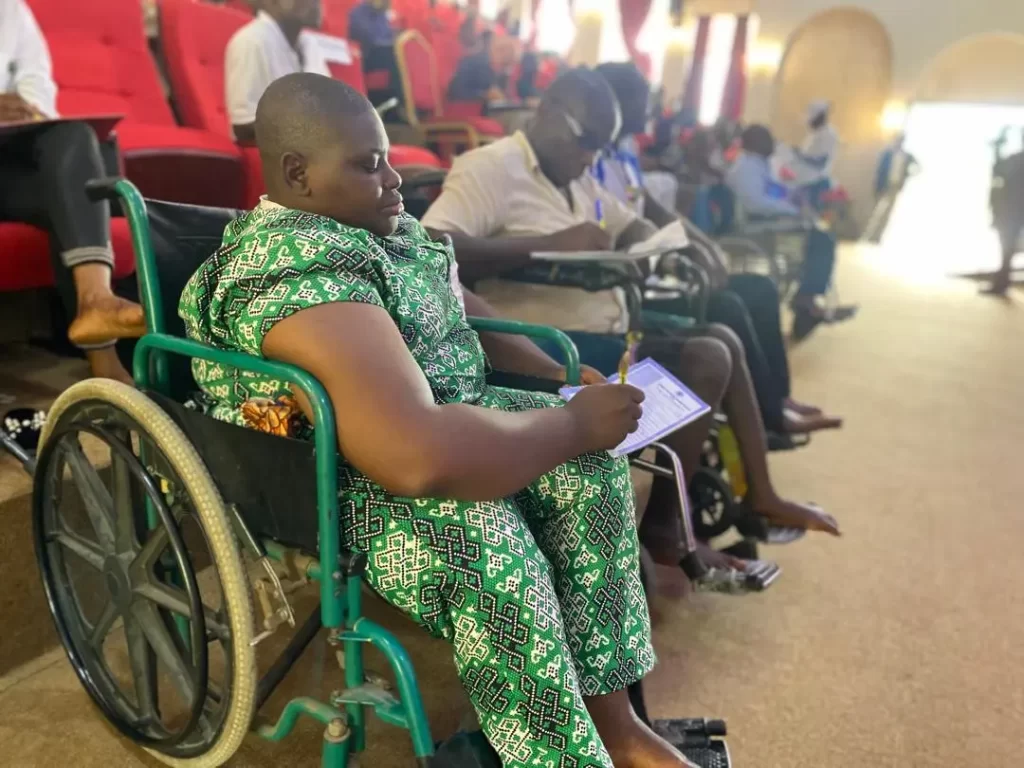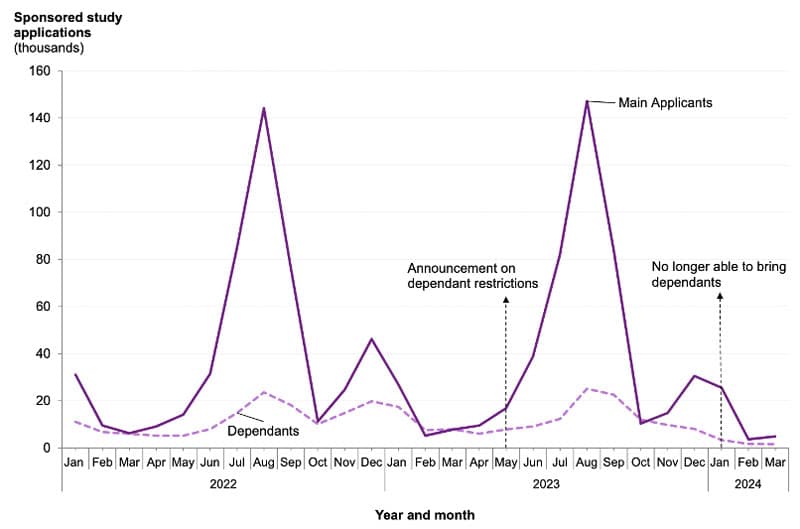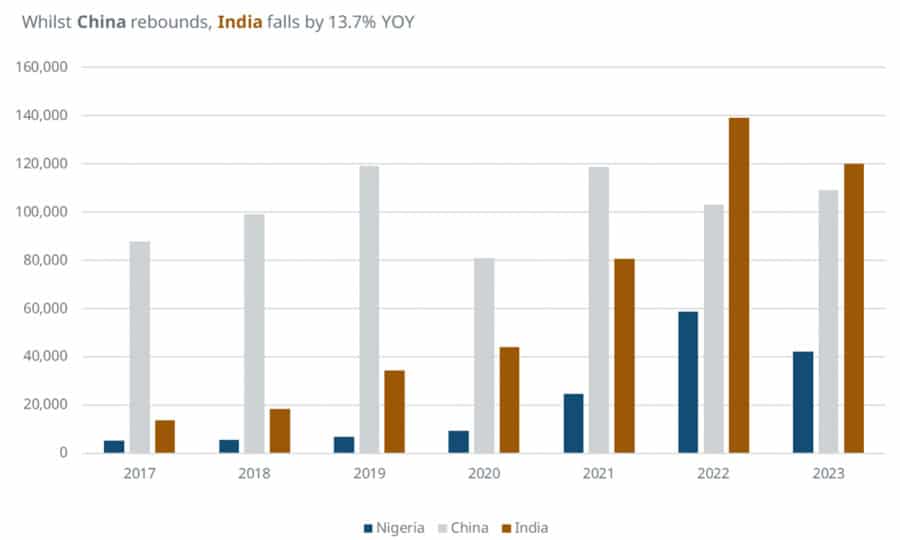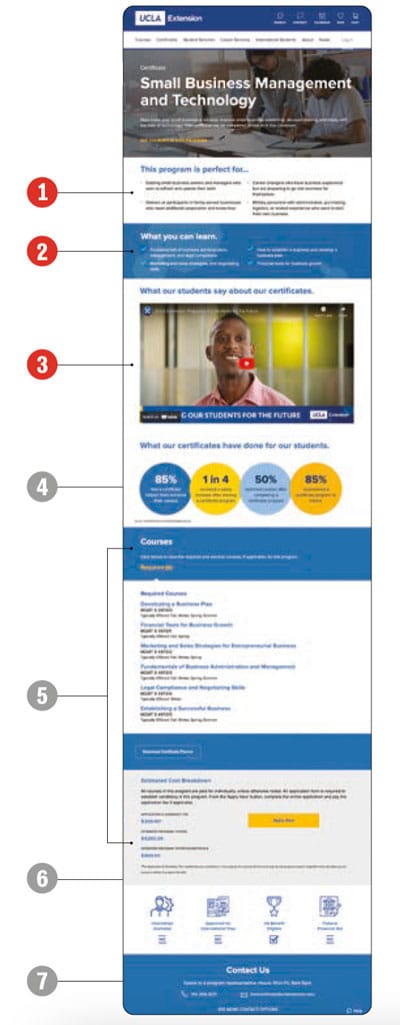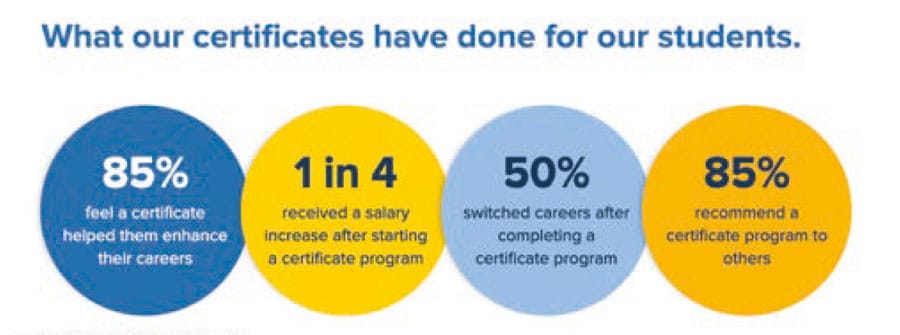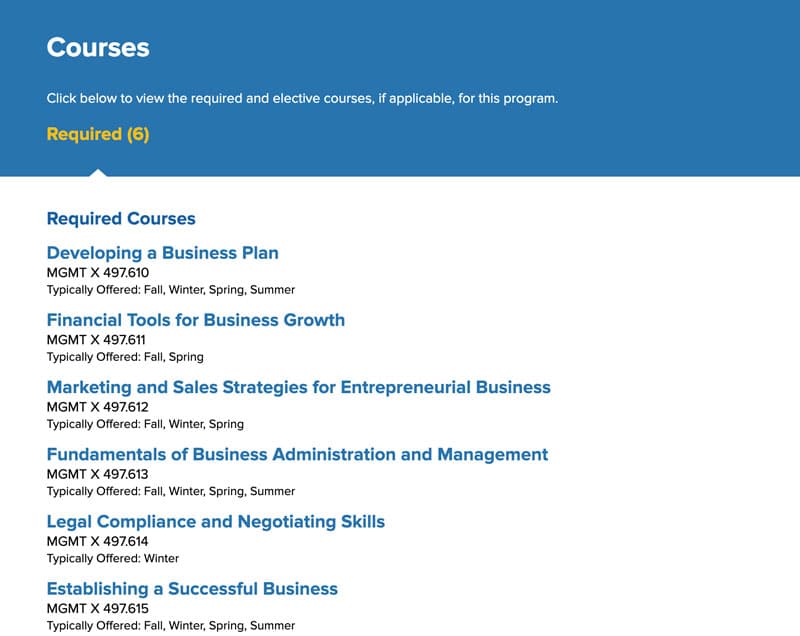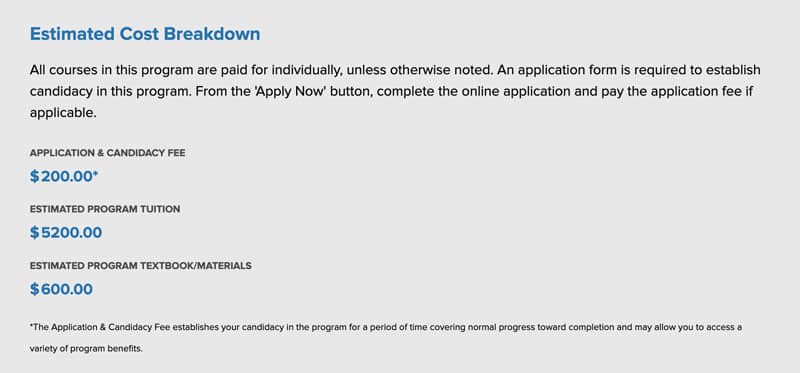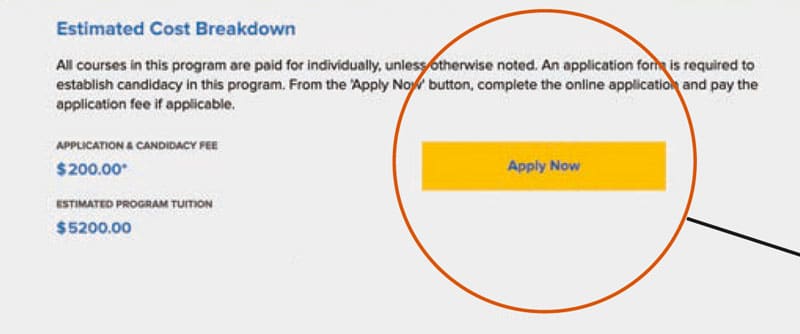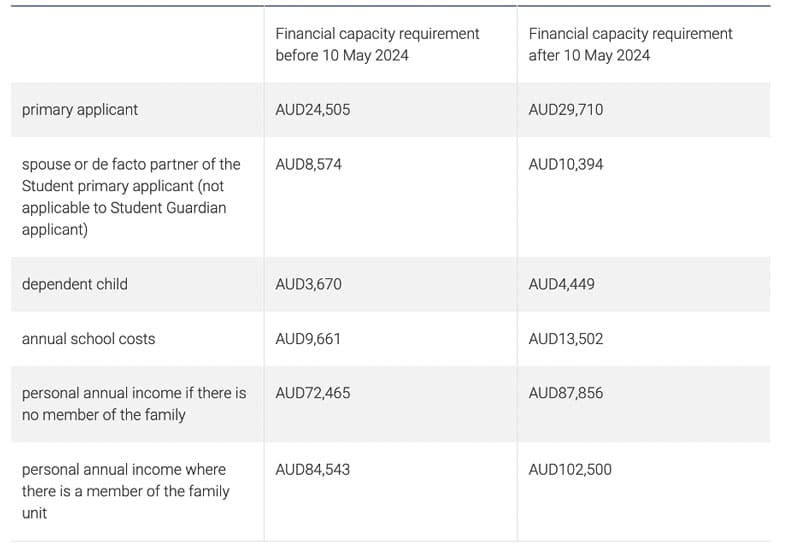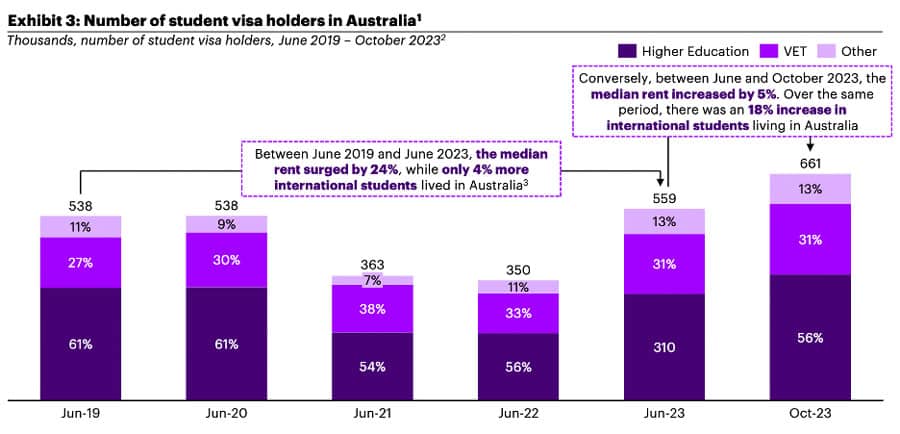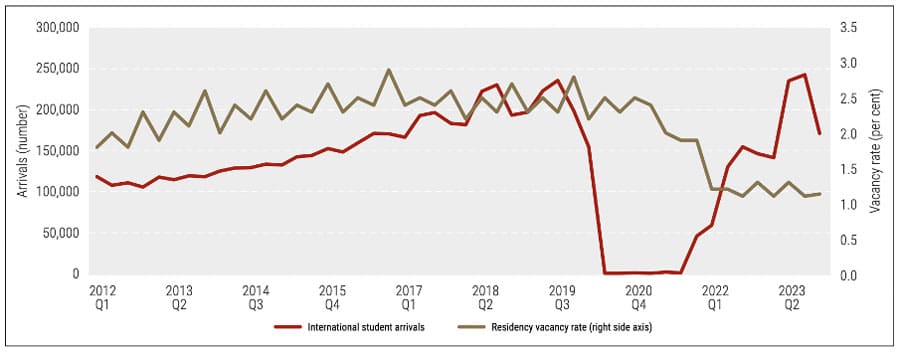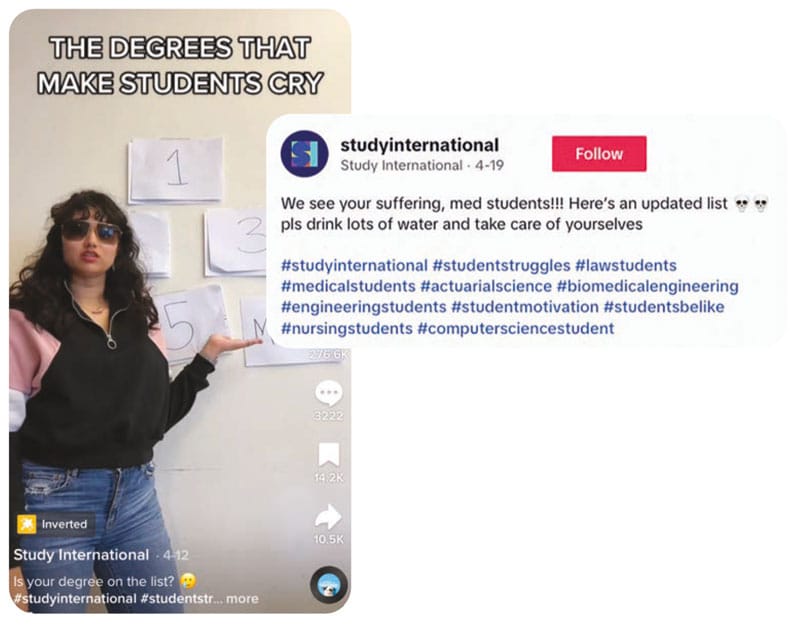Following months of speculation, the UK’s Migratory Advisory Committee (MAC) has concluded its “rapid review” of the Graduate Route, the immigration stream that is so popular among international students wanting to work in the UK after completing their studies. The MAC has advised the government that the Graduate Route does not need to be reconsidered or withdrawn.
In a letter dated 14 May 2024 to the Home Secretary, Professor Brian Bell, Chair, Migration Advisory Committee, wrote:
“We have not found evidence of widespread abuse on the Graduate route, where we define abuse as deliberate non-compliance with immigration rules, and we conclude that the route is not undermining the integrity and quality of the UK higher education system …. We recommend retaining the Graduate route in its current form.”
The government has not yet indicated whether it will accept the recommendations of the review.
Restricting Graduate Route could lead to overcorrection
The MAC determined that the termination, in January 2024, of student dependants’ right to accompany international students to the UK (unless students are in research-oriented postgraduate programmes) is already having a profound effect on migration levels to the country and on the volume of students that will use the Graduate Route. They caution that restricting the Graduate Route would risk “overcorrection.”:
“The changes to the rules on student dependants which were implemented in January and are in effect a change to the dependant rules of the Graduate route, will likely have a significant effect on Graduate route usage going forward … Implementing additional restrictions or closing the route now could risk overcorrection. Given international student fees help make up the financial deficit that universities have from teaching domestic students and research, any significant restrictions to the route should only be considered once the structural funding issues in the higher education sector have been addressed.”
More transparency around agent use recommended
At the same time, the MAC also found that “some agents and subagents recruiting international students are mis-selling UK higher education and exploiting students in the process.” They consider that “most agents play an important role in promoting the UK and in supporting international students,” but they also “found some examples of bad practice from certain agents.”
Join 37,000 subscribers
and stay up to date on International Recruitment
The MAC has two recommendations to respond to this concern:
- That the Government establishes a mandatory registration system for international recruitment agents and subagents which encompasses the quality controls in the voluntary Agent Quality Framework, consulting with the Devolved Administrations to ensure UK-wide coverage.
- That universities should be required to publish data on their spend on recruitment agents and the number of international students recruited through such means annually as a starting point to improving disclosure.
Better data is a must
A standout recommendation made in the letter was the need to ground policies – and policy changes – in solid evidence and accurate data:
“We recommend that the Government should only open new migration routes or make significant policy changes when it has a clear plan for how it will collect and monitor data to assess the effectiveness of the route against its objectives and understand wider impacts.”
Reviewing and clarifying which data is used to make decisions is also recommended, and the MAC found that some of the data they were asked to consider in their review was not the appropriate data for their task:
“We note that some of the data you referred to in your commissioning letter was incorrect. This data was not referring to those that had switched from the Graduate route to the Skilled Worker route, rather it covered those that had switched from the Student route to the Skilled Worker route. This takes us to our next recommendation; we recommend the Home Office undertakes a review of the data variables used for analytical purposes across the largest visa routes (including the Skilled Worker route, Student route and Graduate route) to develop a clear definition of what these data represent, and the quality of each variable collected.”
Early sector reaction
Responding to the report, Vivienne Stern, Chief Executive of Universities UK, said that the conclusions drawn by Migration Advisory Committee are “extremely important and welcome.” However, Ms Stern did not mince words in describing how destabilising the uncertainty around the fate of the Graduate Route has been for UK universities and international education stakeholders. In a statement, she wrote:
“The MAC’s recommendation that the Graduate route should remain on its current terms is extremely important and welcome. The uncertainty caused by the decision to review the visa has been toxic. We hope and expect that government now listens to the advice they have been given and provides categorical reassurance that the Graduate visa is here to stay.”
Ms Stern continued:
“As the MAC report makes clear, international students who remain to work in the UK on the Graduate Route are net contributors to the UK, important to our ability to compete as a study destination, and crucial to university finances. We understand the political pressure to reduce migration but, as the report makes clear, changes introduced earlier this year to prevent postgraduate taught students bringing dependants have already had a very significant effect. Recruitment ahead of September is already looking incredibly challenging, and the government should recognise this and that going further would be a serious mistake.
We agree there is room to improve, building on what universities themselves have done, to tighten agent management and increase resilience in the system.
What is needed now is stability – we need the Government to provide much needed reassurance to both universities and international students that the Graduate route is here to stay.”
Dr Tim Bradshaw, Chief Executive of the Russell Group concurred with Ms Stern’s positive assessment of the review, and like Ms Stern, he also wrote about the damaging effect of uncertainty around the Graduate Route:
“The MAC’s thoughtful review is crystal clear: the Graduate Route should be retained in full, finding no evidence of widespread abuse. “International students bring huge value to our university communities, offering global perspectives and important skills, and creating diverse learning environments. As the MAC recognises, they are also critical to the financial sustainability of our world-leading universities. Moreover, the Graduate route plays a crucial role in ensuring the UK is an attractive destination for global talent.
We recognise concerns around the behaviour of some agents and we would support targeted measures to address this. However, the overall message from the MAC is that the Graduate Route is achieving its objectives as set out by the Government. We would therefore urge Ministers to end the uncertainty and confirm as soon as possible that the route will continue in its entirety.”
“Post-study work is an essential part of the UK’s offer to international students,” reads a statement from the UK Council for International Student Affairs (UKCISA). “It helps to ensure that international students continue to choose a UK education and support a diverse intercultural learning environment for all students. It is one of the primary factors in their selection of a study destination. The Graduate route provides a flexible pathway for international graduates to gain work experience and complement the skills developed during their degree…The removal of – or restrictions to – the Graduate route would have a significant negative impact on the attractiveness of the UK as a study destination and therefore the financial stability of the sector and wider UK economy.”
Conservative politicians criticise review
Former immigration minister Robert Jenrick called the MAC review’s conclusions and recommendations “whitewashing” and laid the blame at the feet of Home Secretary James Cleverly. As reported by The Guardian, Mr Jenrick wrote on X (formerly Twitter): “The MAC’s conclusions have clearly been constrained by the narrow terms of reference deliberately set by the government … if you order white paint, you get a whitewash.”
Tory MP and ally of Mr Jenrick agreed and insinuated that the MAC was biased in favour of the higher education sector: “We are pursuing an arbitrary target, and the expansion of universities for their own sake.”
The Guardian reports: “Another Conservative MP said backbenchers were ‘piling pressure’ on Rishi Sunak to ignore the committee’s conclusions,” and that as relieved as university chancellors are about the findings of the review, “higher education leaders said they still feared No 10 could cherrypick elements of the report to justify a further crackdown.”
Higher education stakeholders have been told they can expect the government’s response to the report next week. Alex Proudfoot, the chief executive of the representative body Independent Higher Education, called for swift action:
“We urge the government to swiftly confirm they will follow their experts’ recommendation that the graduate visa be retained in its current form and commit afresh to working with the education sector to maximise the benefits that international students bring.”
Meanwhile, Times Higher Education reports that according to a government spokesman, ministers were “committed to attracting the best and brightest to study at our world-class universities, whilst preventing abuse of our immigration system” and had already “taken decisive action to address unsustainable levels of migration.” He said, “our plans are working, with a 24 per cent drop in visa applications across key routes in the first three months of this year, compared with the same period last year …. We are considering the review’s findings very closely and we will respond fully in due course.”
Changes to Graduate Route could threaten UK universities’ viability, warns the MAC
In the foreword to the review report, the MAC urges the government to consider the risks associated with an overhaul of the Graduate Route:
“This [international education] is a competitive market and students that are planning to study abroad unsurprisingly exhibit flexibility over country choice. There are two inevitable consequences of further restrictions. First, the government will likely fail to achieve the target set in the International Education Strategy. We have assumed that this strategy remains government policy as it was highlighted to us in the commissioning letter. Second, universities across the nations of the UK will experience further substantial financial difficulty leading to job losses, course closures and a reduction in research, and in the extreme it is not inconceivable that some institutions would fail.”
Moreover, the MAC review suggests that if anyone is looking to lay blame for UK universities’ overreliance on international student revenues, they might want to look elsewhere than the universities themselves: “As in social care, it is the failure to properly fund the sector that has led to an increasing overreliance on immigration.”
For additional background, please see:

